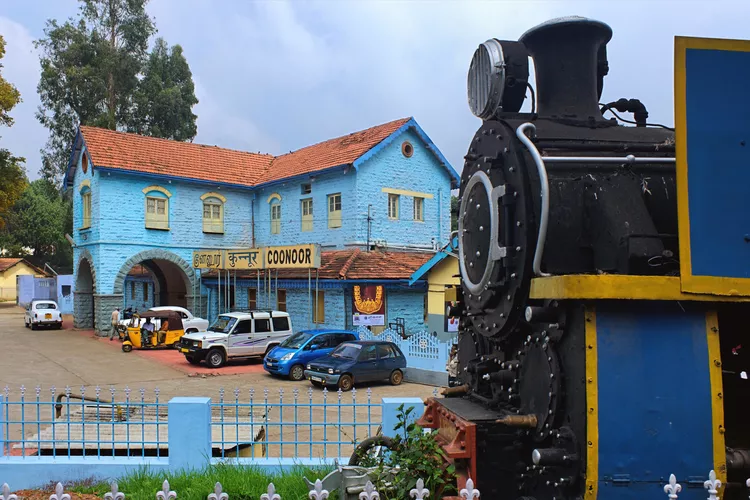Summary
Coonoor, located in Tamil Nadu, is gradually gaining recognition as a serene getaway, complementing its more famous neighbor, Ooty. Its primary allure lies in its tea production, making it a must-visit destination for travelers interested in tea culture. This Coonoor travel guide will assist in planning your upcoming visit.
History
Prior to British colonization in the 19th century, Coonoor was a sparsely populated area, primarily inhabited by local tribes. It was part of the kingdom of Mysore until the British triumph in the fourth Anglo-Mysore war in 1799. Coonoor’s cooler climate attracted British settlers, who initiated tea cultivation in the region after experimentation.
In 1856, tea from Coonoor Tea Estate garnered interest at a London auction; however, the limited land for cultivation hindered profitability. Planters faced numerous challenges, including suitable land scarcity, malaria, and wildlife threats. Nevertheless, by the late 19th century, tea plantations flourished across approximately 3,000 acres.
Today, Coonoor remains synonymous with the world-class Nilgiri tea, which is deeply rooted in the region’s heritage.
Location
Coonoor lies at an altitude of about 1,850 meters (6,070 feet) in the scenic Nilgiri district. It is in close proximity to Kerala and Karnataka borders, with Bangalore approximately 300 kilometers (185 miles) north and Kochi around 280 kilometers (170 miles) south. Coimbatore, located 68 kilometers (42 miles) south, features an airport servicing flights from across India.
How to Get There
The most captivating way to reach Coonoor is via the UNESCO World Heritage Nilgiri Mountain Railway Toy Train, which traverses from Mettupalayam to Ooty, providing breathtaking vistas especially between Mettupalayam and Coonoor.
Alternatively, travelers can take National Highway 181. The road, while picturesque, is steep and winding; thus, those prone to motion sickness may need to take precautions.
:max_bytes(150000):strip_icc():format(webp)/25606567894_015a64c0a1_k-5c141b01c9e77c00013708d3.jpg)
When to Go
The optimal time to visit Coonoor is during the summer months from March to May, though May marks the peak season due to school holidays. Visitors should avoid October and November to skip the heavy rains associated with the northeast monsoon. The winter months from December to February offer a drier climate, with cooler temperatures ranging from about 10 degrees Celsius (50 degrees Fahrenheit) at night to 15 degrees Celsius (59 degrees Fahrenheit) during the day.
What to Do There
Coonoor is renowned for its tea plantations—an essential part of the Indian tea experience. Tranquilitea offers gourmet tea tasting experiences at their estate on Tenerife Hill, allowing visitors to sample teas and learn about their production.
For a more serene atmosphere, explore Upper Coonoor where natural beauty prevails. A notable stop is The Green Shop, selling fair-trade products, while cheese enthusiasts can take part in artisan cheese-making courses at Acres Wild.
Strolling through Sim’s Park, which boasts a diverse collection of plants, is a popular activity. Moreover, trails like Dolphin’s Nose Road offer stunning mountain views. Birdwatching experiences and visits to the historic Tiger Hill Cemetery enrich the journey.
Where to Stay
To fully immerse in tea culture, consider staying in the tea gardens, with options such as Tranquiltea’s Tenerife Hill, or budget-friendly guesthouses like Runnymede at Glendale Tea Estate.
Boutique accommodations transform British planter’s bungalows into charming hotels. The Gateway Taj hotel offers unparalleled luxury, while heritage properties like YWCA Wyoming guesthouse offer budget-friendly options.
Where to Eat and Drink
For authentic vegetarian south Indian cuisine, Hotel Sri Lakshmi is a top choice, while Hotel Ramachandra is known for its Wellington Paratha. Crown Bakery is a must-visit for delicious sweets, particularly their varkey biscuits.
La Belle Vie at 180° McIver presents a refined menu, whereas Ababa Cafe is the go-to for excellent coffee. For a fun evening, Hopscotch at Vivek Hotel offers a lively pub atmosphere.




